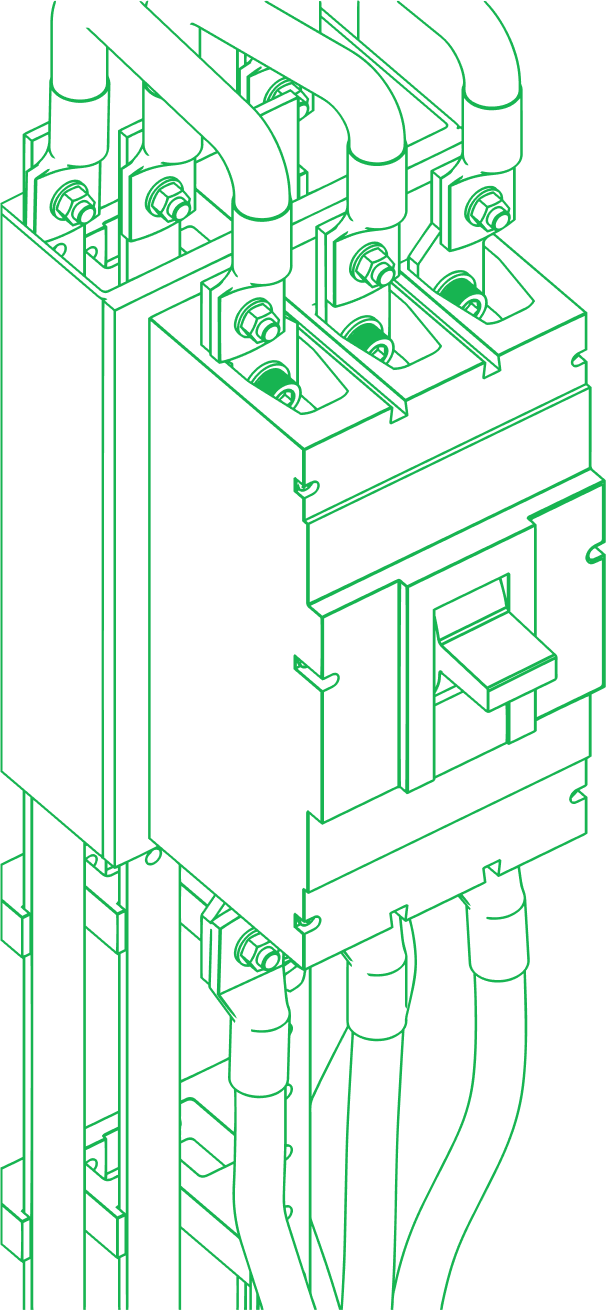Table of Contents
Most businesses lose revenue every day.
Yikes.
One of the main reasons is that marketing, sales, and customer success teams are out of sync.
The solution? RevOps automation.
TL;DR: Why You Need RevOps Automation
-
Keeps sales, marketing, and customer success aligned to prevent lost revenue
-
Cleans and syncs your CRM data automatically so reps can sell instead of fixing spreadsheets
-
Eliminates manual busywork with workflows that route, score, and follow up on leads
-
Gives you real-time insights with predictive forecasting, churn alerts, and live dashboards
-
Personalizes engagement at scale with behavior-based campaigns and automated playbooks
-
Builds a revenue engine that’s repeatable, scalable, and ready to grow without silos
When your teams work in silos, leads slip through the cracks and scaling becomes impossible. But with the right automation in place, you can eliminate inefficiencies, boost pipeline velocity, and build a revenue engine that runs itself.
Why Your Revenue Engine Needs RevOps Automation to Scale Predictably
If revenue growth feels harder than it should be, you’re likely dealing with one (or more) of these problems:
Data Chaos
The problem: Your CRM is a mess: duplicate records, missing details, and outdated contact info.
If reps are wasting time hunting for data instead of selling, it’s time to automate data hygiene.
Fix It: Implement automated data deduplication, validation, and standardization inside HubSpot Operations Hub to clean up records in real time.
Clean data is the foundation of automation. Start with HubSpot Free CRM to centralize records, then expand into Operations Hub for real-time data hygiene.
(Affiliate link: if you sign up, we may earn a commission at no extra cost to you.)
Manual Work Overload
The problem: Your team is stuck on repetitive tasks: manually assigning leads, updating pipeline stages, or tracking deal progress in spreadsheets.
Every manual step slows revenue down.
Fix It: Set up HubSpot Workflows to automate lead assignments, deal updates, and follow-ups based on predefined triggers.
Ready to get workflows running the right way? The HubSpot Starter Customer Platform (Monthly) gives you automation tools that scale with your revenue team.
(Affiliate link: if you purchase, we may earn a commission at no extra cost to you.)
Misaligned Teams
The problem: Marketing is driving leads that Sales doesn’t want. Sales is closing deals that Customer Success struggles to onboard.
If everyone is tracking different metrics, revenue takes a hit.
Fix It: Use HubSpot Lifecycle Stages to ensure all teams work from the same playbook and measure pipeline health consistently.
Outdated Insights
The problem: If your reports are stale before you even read them, you’re making decisions on outdated data.
This leads to missed opportunities and poor forecasting.
Fix It: Set up HubSpot Custom Reports that update in real-time to give leadership a live view of revenue trends.
The Four Pillars of Scalable RevOps Automation
RevOps Data Automation: The Foundation of a Clean, Unified CRM
Your CRM is only as good as the data inside it. If data is incomplete, incorrect, or scattered across tools, your automation efforts will fail before they start.
Fix It with HubSpot:
-
Automate Data Cleansing: Set up HubSpot Operations Hub to remove duplicates, standardize inputs, and validate data in real time.
-
Enrich Contact & Company Records: Integrate ZoomInfo with HubSpot to fill in missing firmographic and demographic details automatically.
-
Standardize Data Entry: Use HubSpot property validation rules to ensure contacts, companies, and deals follow structured formats.
-
Sync Data Across Tools: Use HubSpot Data Sync to ensure real-time, bi-directional updates between HubSpot and other platforms like Google Sheets and Slack.
Action Step: Implement a monthly CRM audit workflow in HubSpot to maintain clean, enriched data.
RevOps Automated Workflows: Route, Nurture, and Convert at Scale
Your team spends hours on admin work instead of revenue-generating tasks. Every extra step slows down deal velocity.
Fix It with HubSpot:
-
Lead Scoring & Routing: Build custom HubSpot lead scoring models to prioritize high-intent leads. Automate lead assignments based on geography, industry, or deal size.
-
Pipeline Automation: Use HubSpot deal automation to move opportunities through the sales funnel automatically.
-
Automated Follow-Ups: Trigger personalized HubSpot Sequences when a prospect engages with your content.
-
Auto-Create Tasks: Set up HubSpot Task Workflows to remind reps when a lead hasn’t been contacted in a set timeframe.
Action Step: Create a workflow that automatically assigns leads to the right rep based on engagement and fit.
RevOps Automation Meets Analytics: Fueling Smarter Growth Decisions
Decisions are based on guesswork instead of real-time insights. If your reporting isn’t automated, you’re reacting instead of predicting.
Fix It with HubSpot:
-
Predictive Sales Forecasting: Use HubSpot AI-powered forecasting to project revenue trends based on past performance.
-
Churn Risk Alerts: Set up HubSpot customer health scoring to flag at-risk customers based on inactivity or declining engagement.
-
Attribution Modeling: Use HubSpot’s multi-touch attribution reports to see which marketing efforts are actually driving revenue.
-
Revenue Insights: Automate HubSpot Dashboard Reports to track deal velocity, conversion rates, and pipeline health.
Action Step: Build a real-time revenue dashboard in HubSpot that updates dynamically for your leadership team.
Engagement Automation: How RevOps Automation Drives Personalization at Scale
Customers expect personalized, timely engagement. If your outreach feels generic or inconsistent, conversion rates will drop.
Fix It with HubSpot:
-
Behavior-Based Nurture Campaigns: Use HubSpot Workflows to send personalized follow-ups based on website activity and email engagement.
-
Automated Playbooks for Sales Reps: Equip reps with HubSpot’s Sales Playbooks, automatically populated with relevant call scripts and responses.
-
Proactive Customer Check-Ins: Trigger HubSpot CS automation workflows to check in with customers before they even realize they need help.
-
Live Chat & Chatbots: Automate responses and lead qualification using HubSpot’s Conversational Bots.
Action Step: Set up automated webinar and event follow-up sequences to keep engagement high post-event.
Full-Funnel RevOps Automation: How to Build the Ideal HubSpot Stack
Your automation tools must work together. Otherwise, you’re just creating more silos.
Here’s what your stack should include:
HubSpot CRM → Your single source of truth for all customer interactions.
HubSpot Marketing Hub → Automates lead nurturing, scoring, and attribution tracking.
HubSpot Sales Hub → Streamlines deal management, pipeline tracking, and contract automation.
HubSpot Service Hub → Powers onboarding automation, customer support, and retention workflows.
HubSpot Operations Hub → Ensures data integrity, syncing, and automation across all systems.
RevOps Automation in HubSpot: Scale Smarter, Align Better, Win Faster
RevOps automation is the key to scalable, predictable revenue growth.
Companies that embrace automation will outpace their competitors by:
- Reducing manual work and freeing up time for high-impact tasks.
- Aligning marketing, sales, and customer success with shared revenue goals.
- Using real-time data to make faster, smarter decisions.
- Creating a seamless customer experience from first touch to renewal.
What’s your next move?
Step 1: Identify 2-3 areas where automation could save your team time or improve accuracy.
Step 2: Use this guide to implement a HubSpot workflow for each.
Step 3: Measure results, optimize, and scale.
Want to learn the blueprint to optimizing revenue?
Download our whitepaper on the 4 levers of revenue growth











